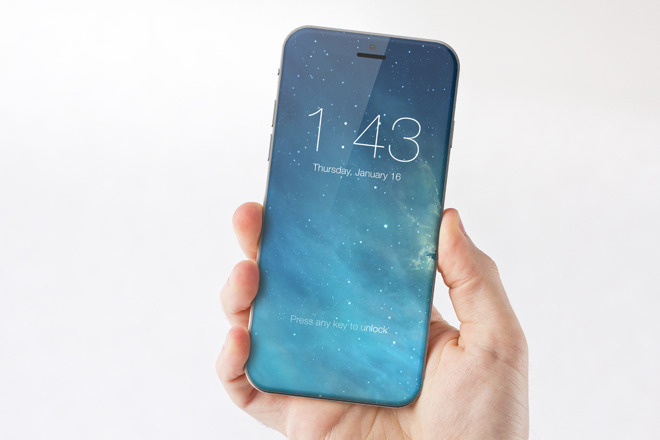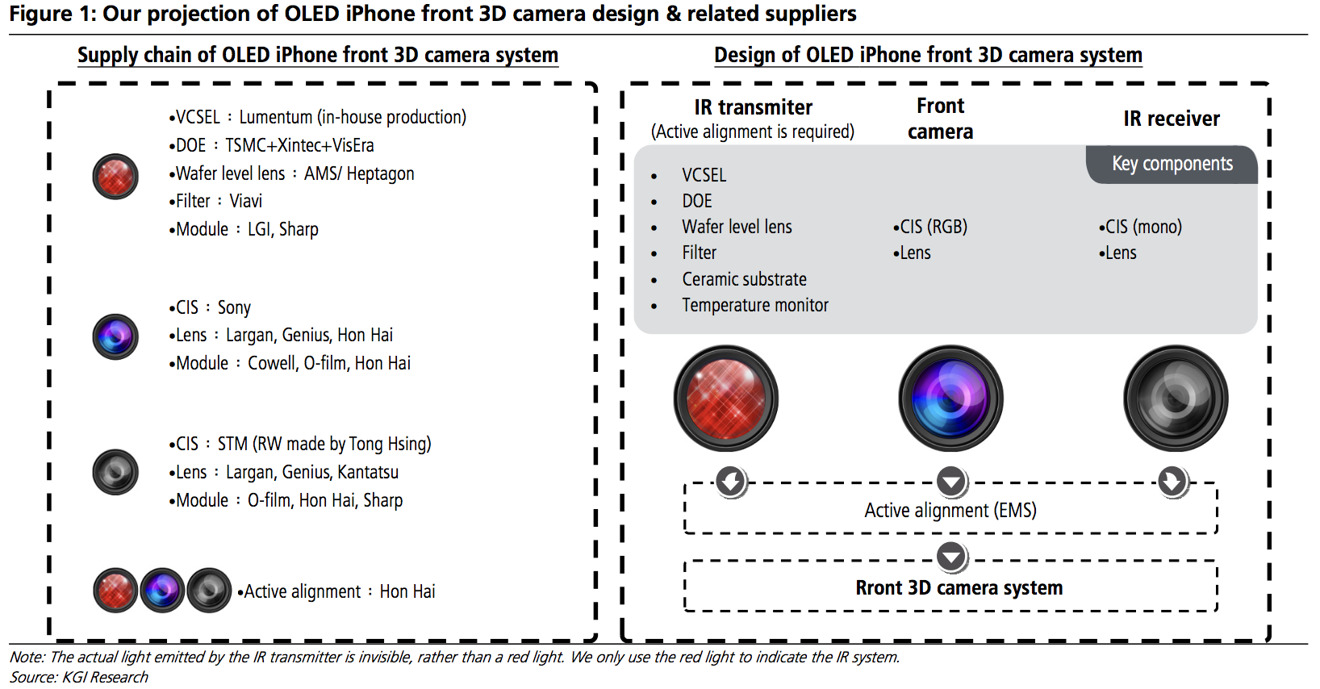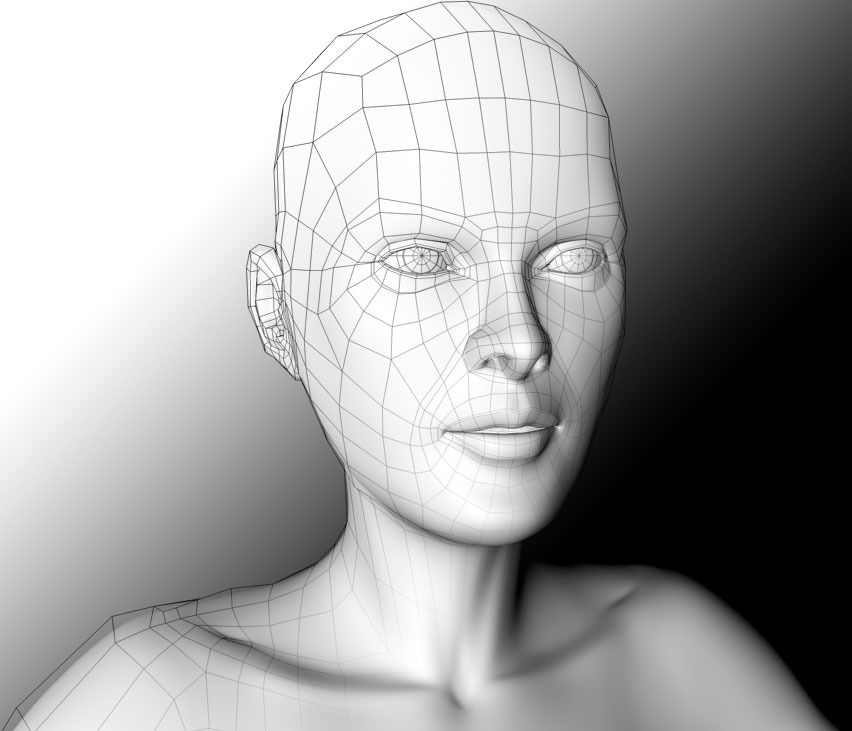In addition to being a complete redesign of the iconic handset, Apple's anticipated "iPhone 8" will reportedly bring key technical upgrades to the platform, including a "revolutionary" front facing 3D camera system that can be used for a variety of applications, from biometric authentication to games.
According to analyst Ming-Chi Kuo of KGI Securities, the OLED "iPhone 8" or "iPhone X" will add an infrared transmitting module and an infrared receiving module to accompany the FaceTime camera.
The new system will enable the forward facing camera to accomplish 3D sensing and modeling. According to Kuo, this will be available for a range of unique use cases, including replacing the head of a character in a 3D game, or taking a 3D selfie.
Of course, such a system could also allow for advanced biometric authentication. The details are in line with earlier reports, which suggested Apple plans to add two-step authentication to its flagship iPhone this year, combining facial recognition with fingerprint scanning.
To that end, Kuo said that the new system could be used for both facial and iris recognition.
Apple is expected to include a customized 1.4-megapixel image sensor in the infrared receiving model that will detect changes in light signals. The system is believed to use technology that Apple acquired from its $345 million purchase of PrimeSense back in 2013.
Combined with facial recognition technology from Apple's acquisition of augmented reality firm Metaio in 2015, Apple's system is expected to be far beyond anything currently available on the market.
Still, Kuo said that while Android handsets are behind Apple in terms of algorithms, he expects that competing handsets will catch up over the next 1 to 2 years. In the interim, the analyst said he is "upbeat" about the prospects for Apple's technology.
Kuo also expects that Apple's advanced camera technology will eventually make its way to the rear cameras on future iPhones in the years to come.
Beyond the years-past purchases of PrimeSense and Metaio, Apple has been gradually building its patent and technology portfolio with more acquisitions related to 3D facial recognition technology.
Just this week, it was revealed that the iPhone maker had acquired Israeli firm RealFace for $2 million. And back in January, reports indicated that it also bought facial expression analysis firm Emotient for an unknown amount.
Beyond the front facing camera, Apple's so-called "iPhone 8" is expected to feature an edge-to-edge OLED display with glass back. It is expected that key components — including the FaceTime camera — could be embedded within the display.
Apple is also expected to ditch the Touch ID home button and instead include a "function area" that will be dedicated to system functions, like virtual buttons. Above it will be a 5.15-inch diagonal display.
It's also rumored that the handset will feature wireless inductive charging, and will carry a hefty price tag starting at $1,000. Apple is expected to unveil the "iPhone 8," along with new "iPhone 7s" models in size of 4.7 and 5.5 inches, in September.
 Neil Hughes
Neil Hughes









-m.jpg)






 Marko Zivkovic
Marko Zivkovic
 Mike Wuerthele
Mike Wuerthele
 Christine McKee
Christine McKee
 Amber Neely
Amber Neely
 Sponsored Content
Sponsored Content
 Wesley Hilliard
Wesley Hilliard

 William Gallagher
William Gallagher









39 Comments
meh
Meh
facebook messenger and snap chat 3D face effects already work well enough for this gimmick, no special hardware required.
reminds me of the plus portrait mode blurred background, another feature that can easily be done in software
Ah for Christ's sake: Go back in time, slap on IPhone 8 label on the 7 and you'll experience the same tepid reception to the 'mind blowing product' including Cook,s canned, "it's our best iPhone yet but there's greater thing in the pipeline coming!"
This is one the rumor mill is definitely getting wrong. Very wrong.
They may indeed have an enhanced facial recognition system, to apply to the Camera and Photos app, because the People feature desperately needs better logic.
But thats it. You're not going to be unlocking your iPhone with your face.